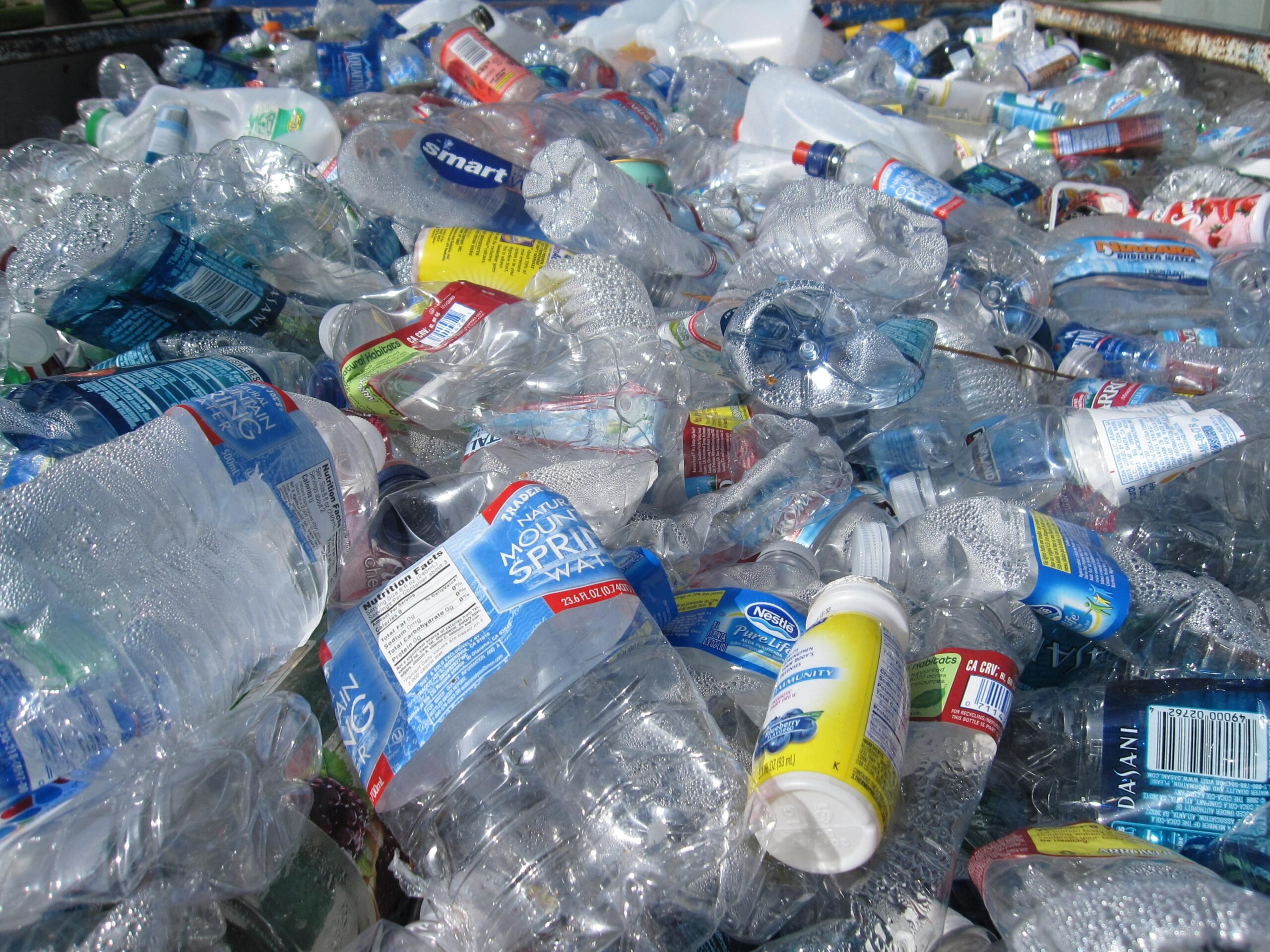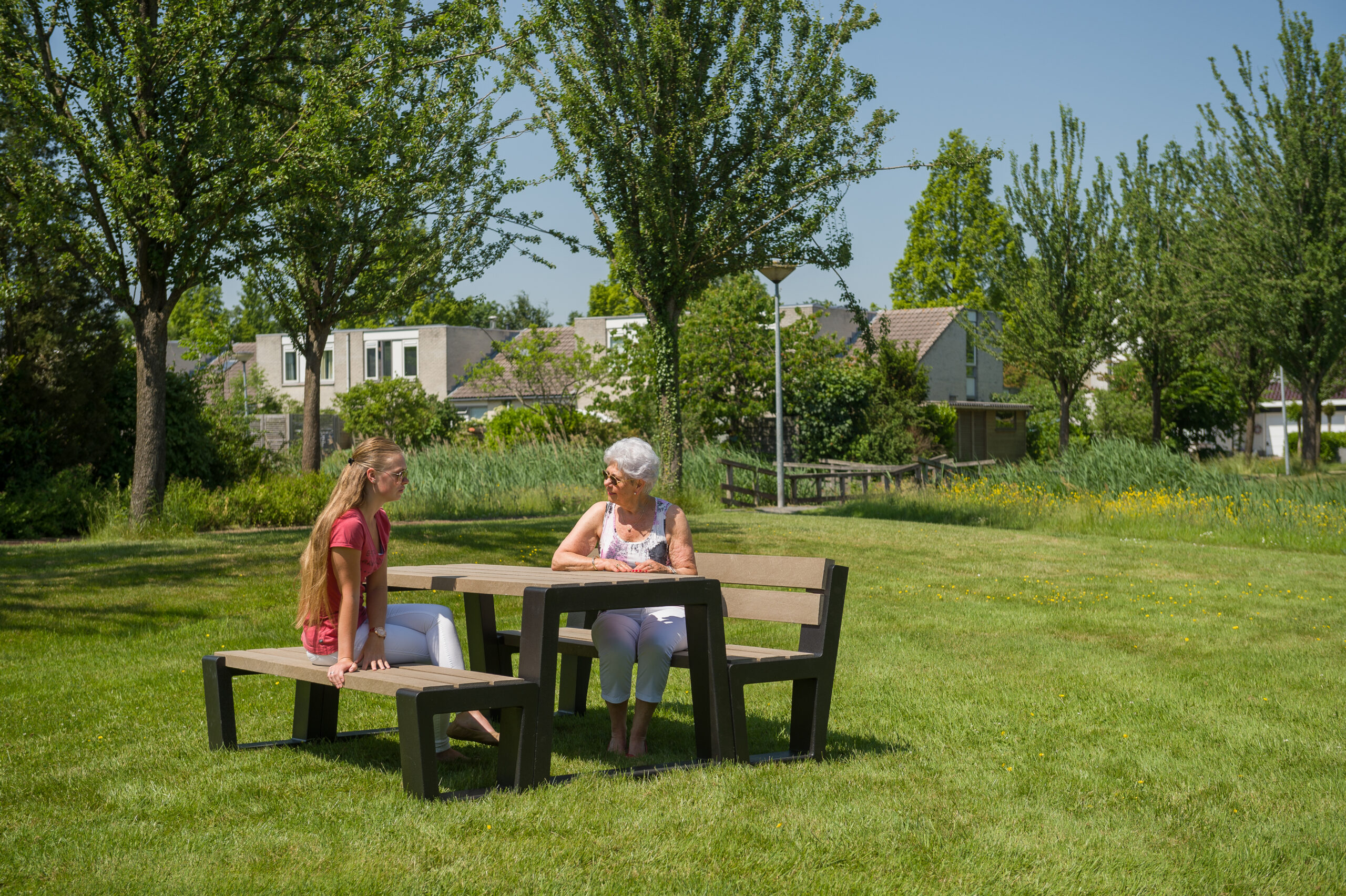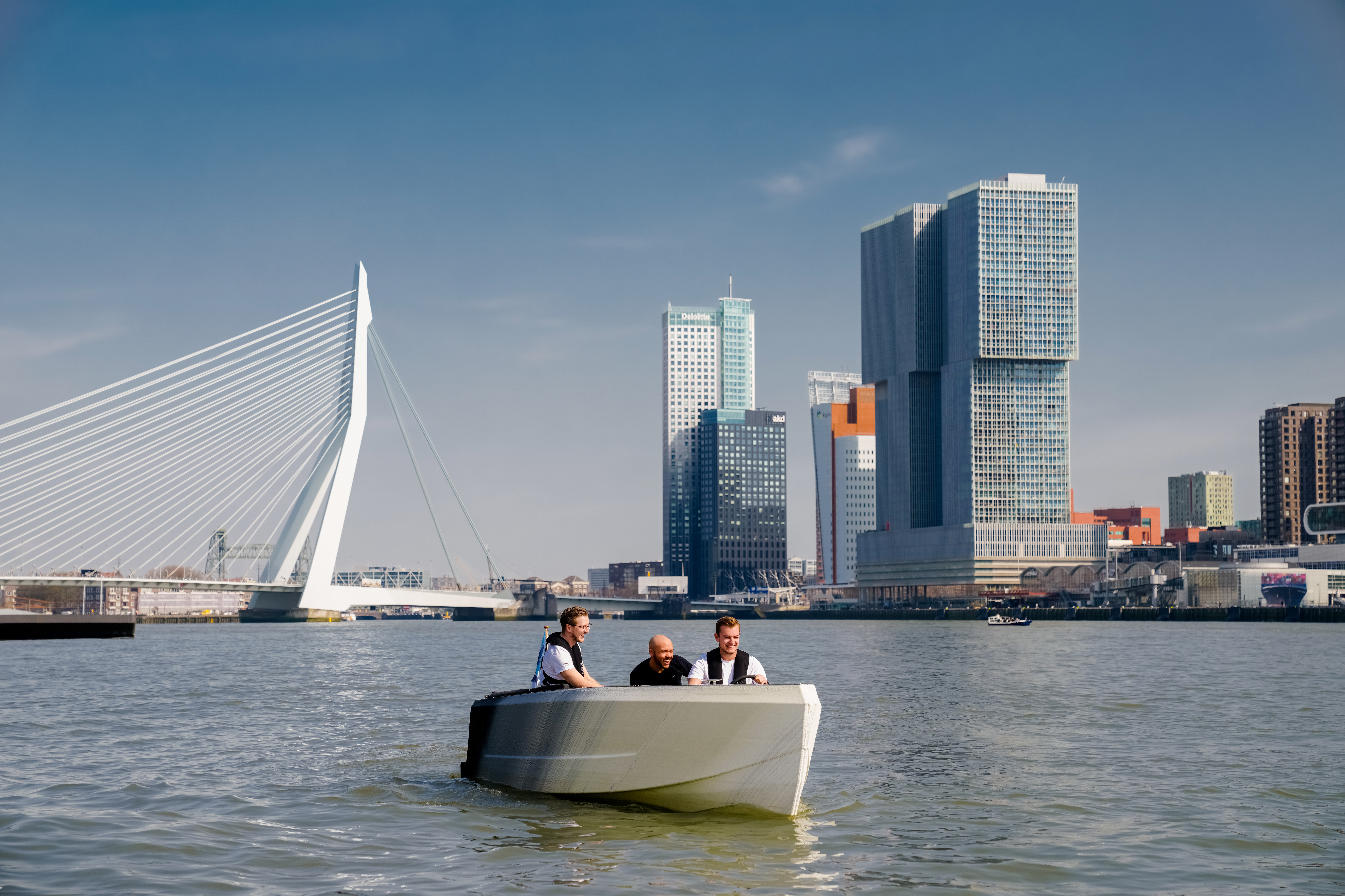
‘I love waste,’ laughs Isabel Cañete Vela while explaining how the technology behind thermo-chemical recycling works. She is a Ph.D. student at the Chalmers University of Technology. Together with a team of scientists, they have developed a way to turn waste that contains plastics into new plastics. It has the potential to change the way we use this material and give a boost to circular economics.

Isabel Cañete Vela
Ph.D. student, Department of Space, Earth, and Environment at the Chalmers University of Technology
She is part of the research team that has developed the thermo-chemical recycling technique.
Thermo-chemical recycling
‘There are three different processes for recycling,’ Cañete Vela goes on to explain. ‘The simplest plastic is polyethylene, which is a long chain of bonded carbon. To implement the first technology, you need to heat it up to 300-400 degrees Celsius and break down the molecule into minuscule pieces. This process is called pyrolysis and requires low temperature,’ Cañete Vela explains in more detail. Depending on the size of the molecule, higher temperatures of up to 700-800 degrees can be applied. This process is called gasification. It makes the molecules even shorter and produces carbon gases. ‘The third and most difficult process involves combusting the plastic. From the carbon gases such as CO₂. you can make chemicals that you need for plastics,’ Cañete Vela stresses.
While the process is complex and requires more steps and energy, it enables the production of high-grade plastics. This is called thermo-chemical recycling and requires less energy for plastic production than what is needed when producing them from fossil fuels.
Mechanical vs thermo-chemical recycling
Thermo-chemical is only one of the ways to turn waste back into plastics again. Mechanical recycling is also a method that can do this. But it does have a few disadvantages. “It is suitable for clean and small materials, which can be melted,” Cañete Vela states. According to her, mechanical recycling is limited. This has to do with the quality of the plastic. “When you re-melt plastic, the quality is further diminished each time.” This process can be performed several times, but then in order to restore the plastic to a useful form, thermo-chemical recycling is needed again.
Finding clean plastics is not easy. Industry mixes plastics together and this is a design problem. “You need a higher temperature to separate the contaminants from the thing you want,” Cañete Vela notes. “Recently I’ve been working a lot with textile waste, a lot of which are synthetic textiles, such as polyester and nylon. Many pieces of clothing have cotton, elastane, and polyester mixed together and to separate the plastic out of that, you need thermo-chemical recycling.”
‘These methods are complementary, and depending on which plastic waste you have, you will use a different mechanism,” Cañete Vela explains.

A society without plastic?
Living without plastic may seem impossible. In fact, this may well be true. But why live without it if we can recycle it? “Plastic is very cheap to produce,” Cañete Vela adds. “It has enabled the mass production of toothpaste, for one thing. Cheap plastic has given many people access to toothbrushes and toothpaste.”
“I think that some of the ways we use plastics are not good. But in some cases, it is good for society. Many people immediately jump to conclusions that all plastics are bad, but I don’t like to say something is bad.” Yet, recycling allows the new production of new things. “You can use the recycled material for anything you want. And the good thing about thermo-chemical recycling is that you break down the materials to their molecules,” adds Cañete Vela. When plastic is broken down into molecules, then they have the same level of quality as if the plastic has been produced from oil. This is high-grade plastic according to Cañete Vela.

Waste as a resource
“Worldwide, right now around 5 percent of plastics are recycled into another product, and this could really be more,” explains Cañete Vela.
Even though waste turns out to be a valuable resource as a way to produce high-grade plastics, this is not a view that we all have. Many of us throw things away without thinking about their value, the environment, or what could they be used again for. “For me, everything has value,” says Cañete Vela. “Even the things that people don’t want to use anymore. There’s always somebody who may want to use them again, or the material they are made out of has value. Ever since I was young, I used to like building all kinds of things. I used pieces of things that people didn’t want anymore. And I always felt that everything can be used for something,” Cañete Vela says. This kind of mindset is something we should adopt, especiallly if we want to commit ourselves to circularity and sustainability.
Problems along the way
Developing new technology is never easy. It always involves trial and error. For Isabel Cañete Vela, the hardest part was not about making the technology work. For her, it was something else. “I think personally, publishing scientific papers has been the most challenging part,” Cañete Vela tells us. “We knew how to make the technology work, we tested it with different types of plastics, textiles, and mixed waste. For me, that’s the most fun part.”


Future plans
“This is a demonstration to understand whether the technology works. Now that we know that it does, we just need to make it bigger,” Cañete Vela states. But finding the funding to commercialize a technology is hard work. Right now, the amount that can be recycled is a few kilos per hour which is not enough to scale up the technology. “We need to scale up maybe 100 to 1000 times bigger.” Further research is currently underway on a business level to gain an understanding of the costs of scaling up.


